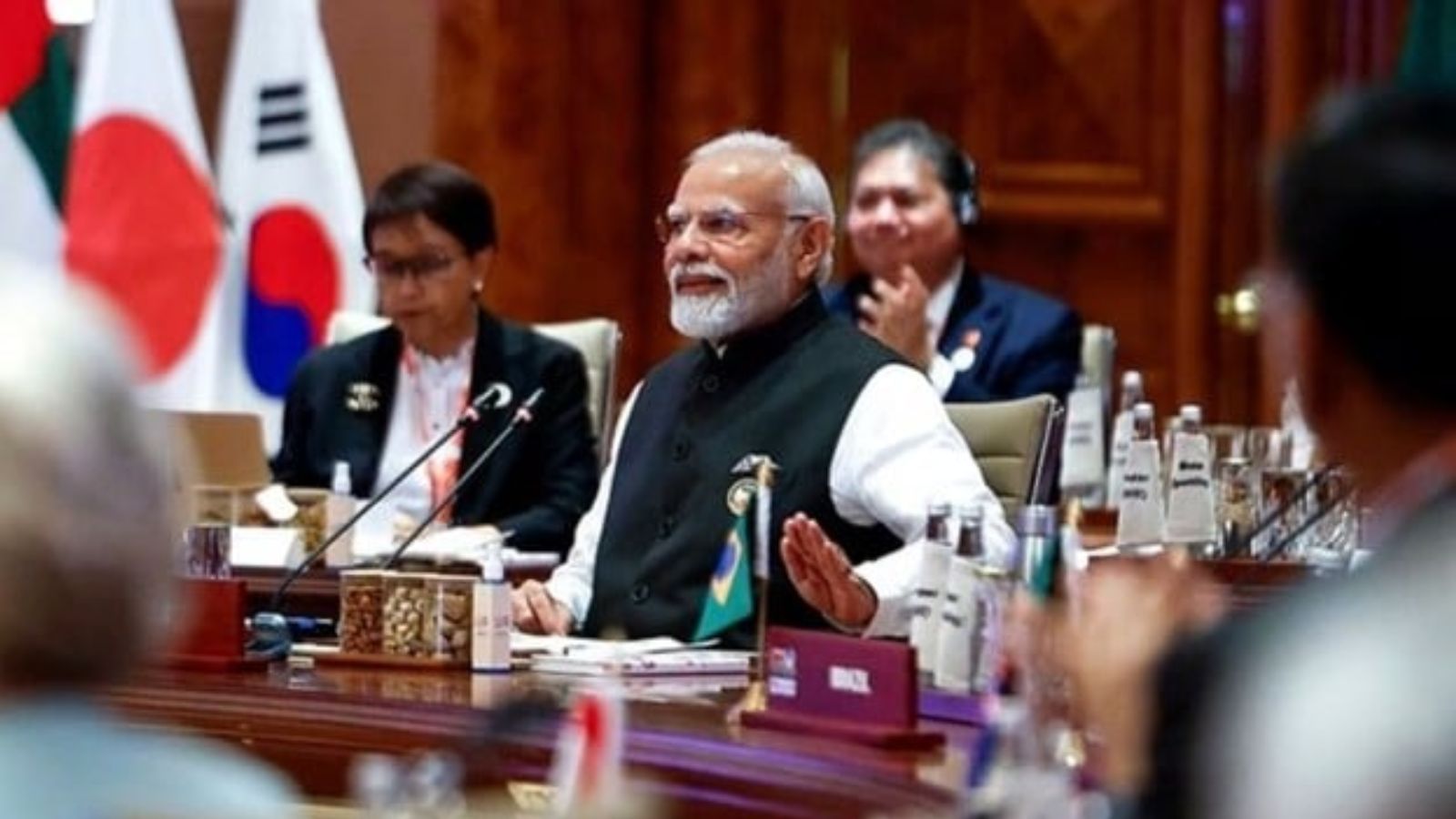The adoption of the Global Digital Compact (GDC) at the UN Summit on September 22, 2024, officially marks the beginning of a period of global multi-stakeholder cooperation in digital governance. It is a commitment by the 193-member UN General Assembly to ensure that the design, use, and governance of technology benefits all. It follows the multi-phase Universal Safeguards for Digital Public Infrastructure (DPI) initiative, launched in 2023 by the Office of the UN Secretary-General’s Envoy on Technology (OSET) and the United Nations Development Program (UNDP).
India, through its G20 presidency, mainstreamed the idea of DPIs as an instrument to accelerate the pace of economic development, especially in the Global South. With the world’s largest digital identity programme, Aadhaar, and the highest volume of real-time digital payments (last recorded at 14.96 billion for the month of August), India has been at the forefront of global dialogues on DPIs.
However, the DPI euphoria is now expanding longitudinally — the World Bank’s ID4D (Identity for Development) is supporting nearly 60 countries, G2Px (Digitising government-to-person payments) is in 35 countries, and India’s not-for-profit initiative Modular Open Source Identity Platform (MOSIP) is working with 11 countries.
Given its potential for scalability, the UN’s safeguard framework brings early words of caution, highlighting the need to carefully manage and regulate the deployment of DPIs.
As DPI and DPI-type initiatives spread foundationally and sectorally in India, impact assessments can directly support policy makers, not only to track success, but also to guide design improvements, and ensure that DPIs remain accessible, inclusive, and effective. Without such an assessment, governments risk investing in infrastructure ecosystems that may not fully serve their intended purpose, or worse, exacerbate existing inequalities. Initial evidence suggests that DPIs have catalysed financial inclusion in India.
Bank accounts for adults increased from 25 per cent in 2008 to more than 80 per cent in the past six years, with women owning 56 per cent of these accounts. The value of digital transactions reached nearly 50 per cent of India’s nominal GDP in 2022-23, and enabled access to credit through pre-sanctioned loans on UPI. However, beneath these macro-level achievements lie deeper questions about how DPIs affect citizens’ livelihoods, income, physical well-being, and social agency. Deconstructing this causality, where one can draw a direct link between, say, UPI and income, is already quite difficult, and in the absence of granular intersectional data almost impossible. Besides, DPIs also have an impact on the private sector and government, both as users and providers of technology.
One of the biggest hurdles in conducting impact assessments is the lack of data. Tempting as it can be to rely on familiar metrics, such as the number of people enrolled in Aadhaar, the total number of transactions processed through UPI, or the number of Jan Dhan accounts, this data alone does not provide an adequate reflection of impact. Data on socio-economic background of users, frequency of usage, or behavioural changes prompted by these systems, are important — for instance, finding evidence for whether DPI-enabled lending increased or decreased systemic risk.
Intersectional data is important to examine how demographic factors like gender, income and education interact to shape outcomes. Can we quantify UPI’s effect on the financial independence of rural women? Much of what we read is anecdotal evidence, not systematic or data-driven. While privacy and security concerns related to data collection are paramount, there is much to gain from anonymised granular insights: Data that can be analysed to reveal who is benefiting, who is left behind, and why. This is not to exclude assessments on markets and governance.
To overcome these challenges and make impact assessments routine for DPIs in India, we propose 3Ds — design, data, and dialogue. The first step is to integrate impact assessment mechanisms in the design of DPIs, much like privacy or security. Systems should be designed with the ability to collect data that enable impact assessments, forming a continuous feedback loop. The second is to make data available through trusted and well-governed mechanisms. Most government agencies err on the side of minimisation, which can compromise quality of assessments over data misuse.
Building trust with citizens and the private sector through well-designed data collection systems can make high quality assessments possible. Technical designs will also be important for data discoverability and use. Finally, fostering a dialogue among stakeholders and building a community that involves third party assessment agencies, policy makers, private sector and civil society can drive ownership. Establishing protocols for engagement will enable participative governance and improve overall accountability.
India’s confidence in DPIs is not misplaced. However, by emphasising on impact assessments and institutionalising the process, corrective and timely action, where necessary, can be taken. This will help accomplish the promise of DPIs in not only transforming economies, but millions of lives. The journey has begun well, but it’s only half done.
Kedia is Senior Fellow, ICRIER and Vanguri is Research Assistant, ICRIER. Views are personal



